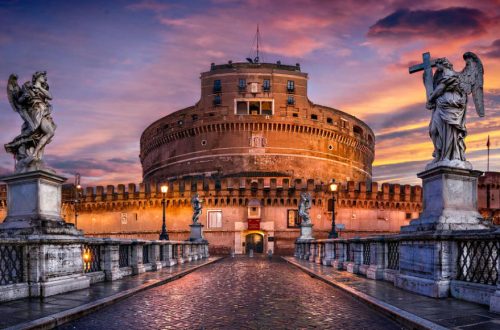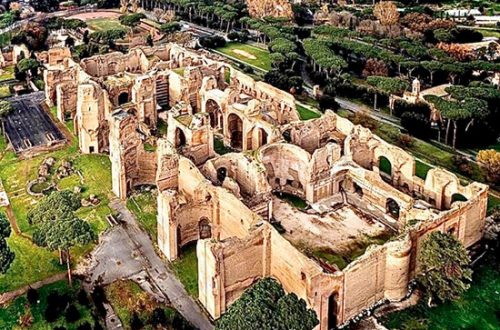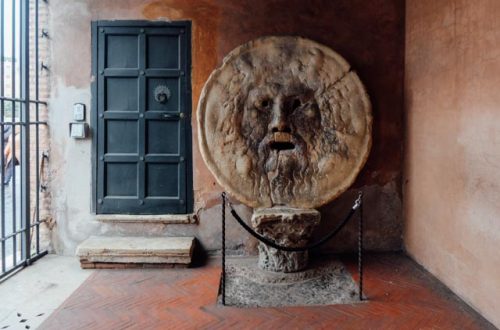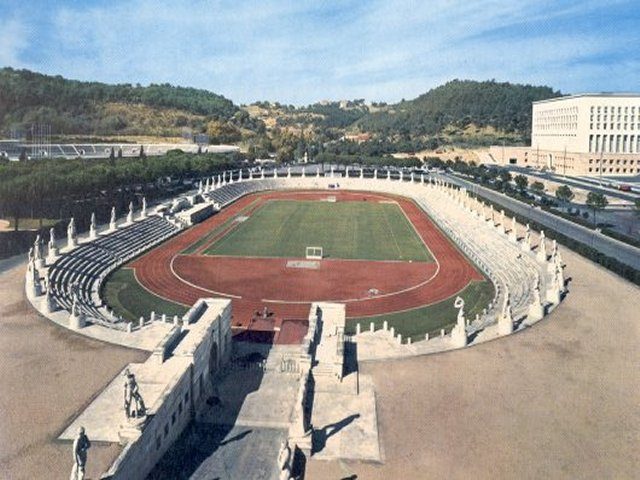
The Stadio dei Marmi
The Stadio dei Marmi, also known as the “Marble Stadium,” is a unique and historical sports facility located in Rome, Italy. This stadium is renowned for its striking architectural design and the extensive use of marble throughout its construction. Here is a deep description of the Stadio dei Marmi:
1. History: The Stadio dei Marmi was built between 1928 and 1932 as part of the larger Foro Mussolini project, which aimed to create a monumental sports and recreation area in Rome during the fascist regime. The stadium was originally designed by Enrico Del Debbio and was intended to host various athletic events.
2. Architecture: The most distinguishing feature of the Stadio dei Marmi is its extensive use of marble. The stadium’s grandstands are adorned with 59 statues of athletes, which are carved from Carrara marble, one of the most famous types of marble in Italy. These statues depict athletes in various athletic poses and activities, emphasizing the connection between sport and the classical ideals of ancient Rome. Each statue is unique and contributes to the stadium’s overall aesthetic.
3. Circular Design: The stadium is built in a circular shape, with a grassy central field surrounded by marble grandstands. The circular design allows for a clear view of the field from all angles, making it an ideal venue for various sporting events and ceremonies.
4. Seating Capacity: The Stadio dei Marmi can accommodate around 20,000 spectators. While it has been used for various athletic events over the years, it is best known for its use as a venue for ceremonies and performances.
5. Current Use: Today, the Stadio dei Marmi is primarily used for ceremonies, concerts, and other cultural events rather than sporting competitions. It serves as a unique and picturesque backdrop for various artistic and cultural performances.
6. Scenic Surroundings: The stadium is located within the Foro Italico sports complex, which also includes the Stadio Olimpico, home to A.S. Roma and S.S. Lazio football clubs, and other sporting facilities. The surrounding area is filled with statues, fountains, and classical architectural elements, making it a picturesque and historically significant location.
7. Cultural Significance: The Stadio dei Marmi is not only a sports venue but also a symbol of the strong connection between sport, culture, and art in Italy. It represents the ideals of physical fitness and the classical heritage of the Roman Empire.
Visiting the Stadio dei Marmi is a unique experience, as it allows you to immerse yourself in both the world of sports and the rich history and culture of Rome. The combination of striking architecture and artistic symbolism makes it a must-see for tourists interested in Italy’s historical and cultural heritage.
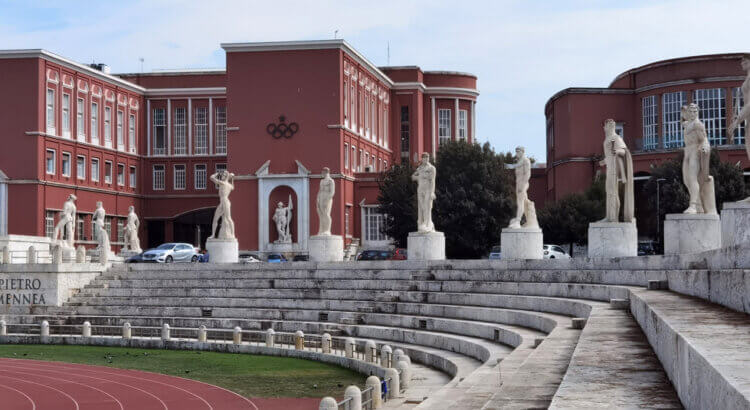
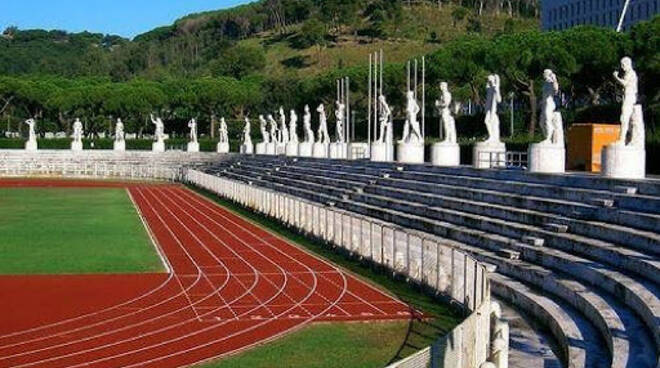
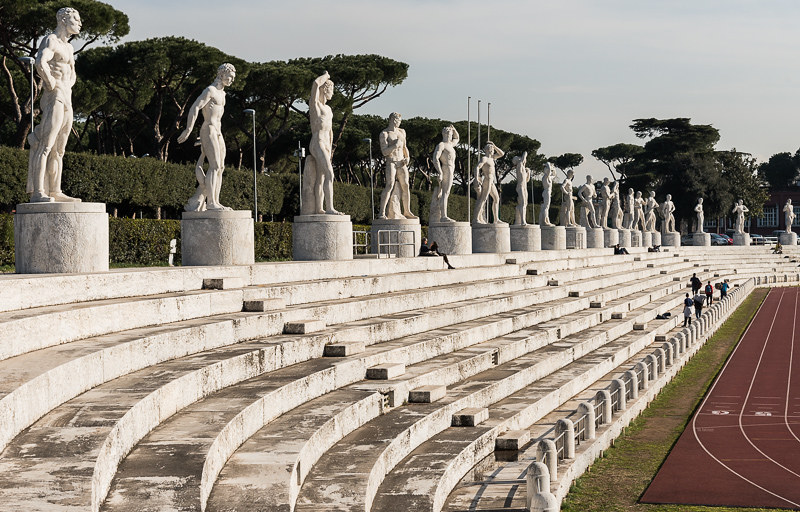
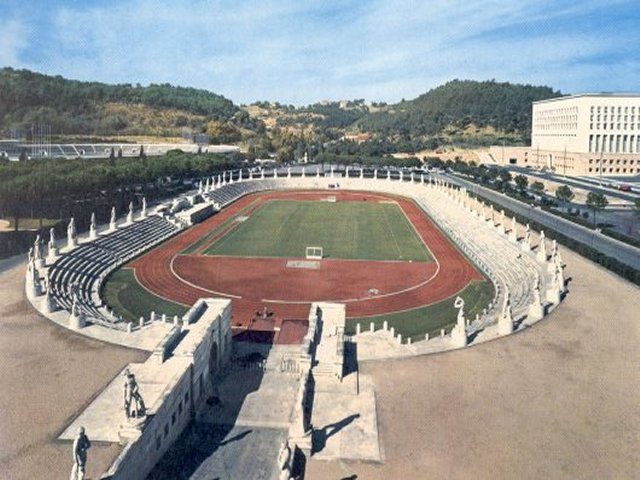
![]()


